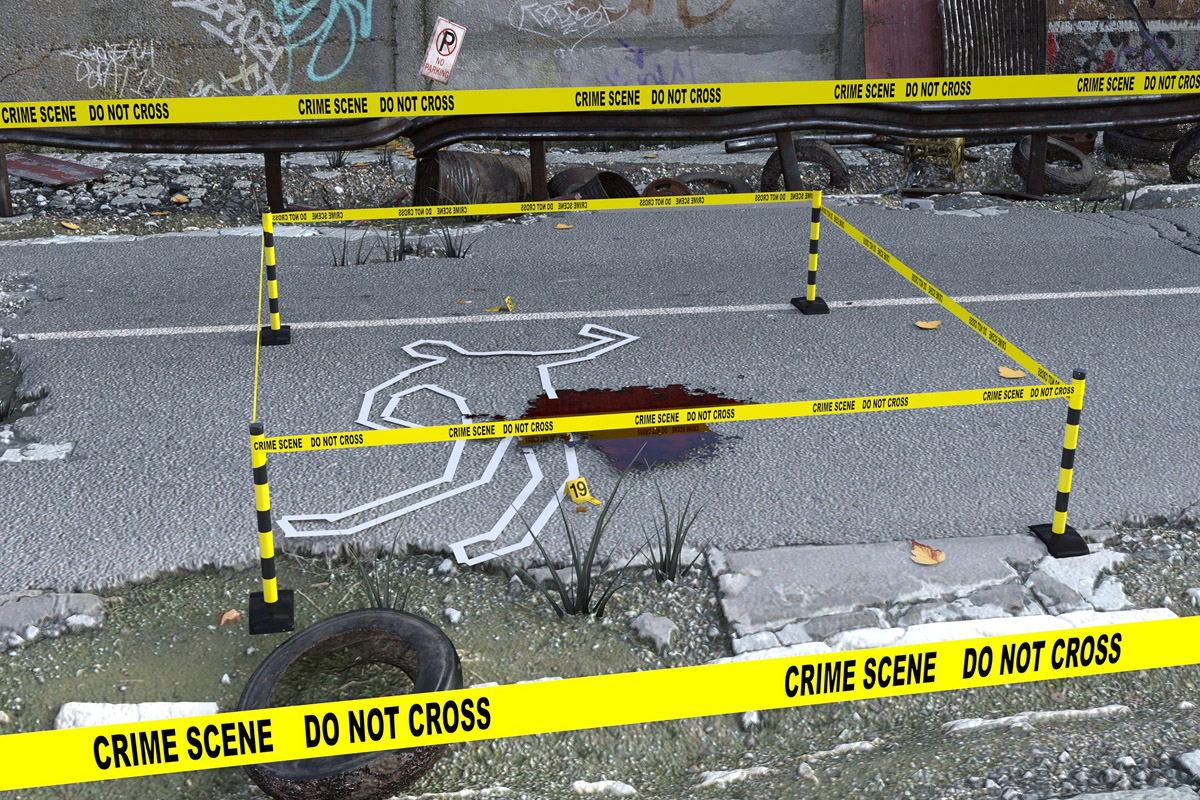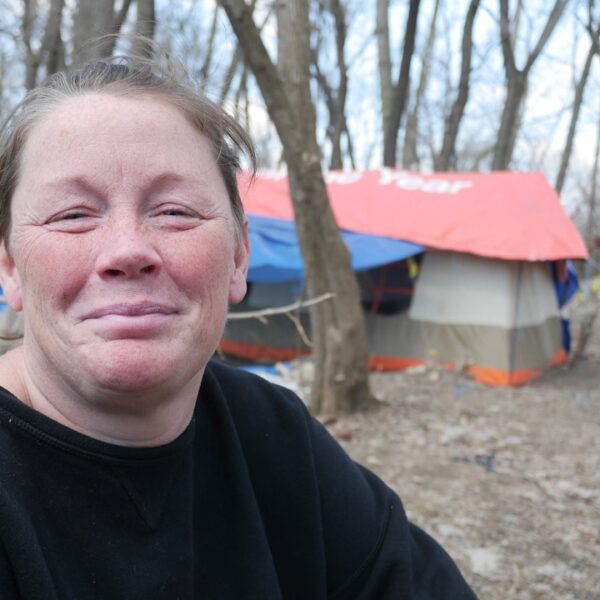States are working to name homeless people a governmentally protected group and passing Homeless Bills of Rights
Getting away with murder proves a difficult feat in the age of modern technology with surveillance cameras capturing billions of tiny pixelated pieces of evidence in rotating lenses at every turn. Yet, homeless people, who are statistically more surveilled than any other type of person on the planet, get murdered all the time, while the perpetrators roam free.
One example of this is the case of Kelly Thomas. He was a homeless man whose life was brutally taken by three law enforcement officers from the Fullerton, California Police Department. The incident leading up to his death is every bit as gruesome as something you might see in a horror movie, complete with gloves, taunting, tasers, and the final screams of the man choking to death on his own blood.
Kelly Thomas expired in a hospital bed about five days after sustaining a broken face and compressed thorax. The officers accused of murdering him were caught on camera. The undeniable evidence was even followed up by eyewitness testimonials. Yet they never spent a minute in a cell for the crime. It wasn’t even classified as a hate-crime. This incident serves as further proof that authority figures classify homeless people as being even lower than animals and eventually, the rest of the world does the same.
Violent Attacks Against Homeless People are Still Escalating
These attacks have steadily increased each year for 20 years on end. You won’t see their faces on television or hear their stories in the media, as news on homelessness only accounts for .002% of the media’s programmed agenda. But these crimes fueled by hatred are happening nonetheless.
Studies show that when people attack members of the homeless population, 25% of the victims die. Perhaps this is why, in the UK, a homeless person passes away about every 19 hours. Crimes against the homeless population are some of the most heinous crimes imaginable. Common attacks include, but are not limited to:
- Bludgeoning. Household objects not usually viewed as weapons are likely to appear in instances of bludgeoning. Perpetrators have been recorded using bats, nails, poles, concrete slabs, and wooden boards. In a particularly violent 2016 attack, a homeless man was bludgeoned continuously for three days. He was then left to die, his body later washing up in a lake in San Francisco.
- Decapitation
- Stabbing
- Rape
- Arson
Non-Violent Attacks Against Homeless People Cause Harm as Well
Homeless people, in general, are slandered privately and publicly by passersby and media figureheads alike. Verbal assaults are consequential on many different levels. On a personal level, they wreak havoc on the self-esteem. On a more general level, when the media uses slander, it can adversely alter public perception of homeless people. This leads to opposition and increased hostility, which in turn, gives way to more violence and a cycle of criminalization.
Verbal assault and slander from the media is a contributing factor in the increase of violence against homeless people.
Terms like “service resistant” and “tent culture” combined with ill-fitting descriptions of who homeless people actually are skew services and create support for criminalization campaigns.
Through false narratives and political smear campaigns against homeless people, we have created an atmosphere of injustice that is built upon a foundation of lies. Only within this context can attacks on homeless people increase while support for housing solutions decreases.
Due to the Escalation of Violence, the Legal Definition of Hate Crimes Could Change to Include Homeless People as a Government Protected Group
As of late, most states do not recognize homeless people as a government-protected group of people who are more at risk of becoming victims of violent crimes. The reason is the media continues to peddle the false narrative suggesting homelessness is a choice. Anyone who chooses to become part of a group is denied government protection under the assumption that if their safety was at risk, they could simply leave said group.
However, time and time again, it has been proven that homelessness is not a choice. There are even studies that expressly prove political and social barriers can deter unsheltered homeless people from acquiring beds in homeless shelters. Denying government protection to such a vulnerable class of human beings in society is essentially echoing the mainstream agenda. That same agenda currently criminalizes and dehumanizes the homeless population. In 2010, the criminal victimization rate within the homeless community was a massive 34%-89% ratio depending on the region. In stark comparison, housed people boast an average violent crime victimization rate of approximately 1.2%. These numbers are undeniable, even in a world where homeless people are, all too often, rendered invisible.
Democratic State Assemblyman Mike Gipson already proposed a bill following several attacks on homeless people in the state of California. While the bill didn’t pass the committee at the time, it may hit the table again in 2020. Meanwhile, seven states have gone on to name homeless people a governmentally protected group. Three states – Rhode Island, Illinois, and Connecticut – have taken legislation one step further by passing the Homeless Bill of Rights.
Choosing not to acknowledge homeless people as a protected group under hate crime legislation sends a subliminal message of indifference, which the general public then echoes. Be sure to talk to your local and nationwide legislators about providing more protection for our neighbors without walls. As with other types of aid, this legislation should only be a temporary solution. Our ultimate goal should always be ending homelessness through affordable and supportive housing.
Photo Credit Pixabay













